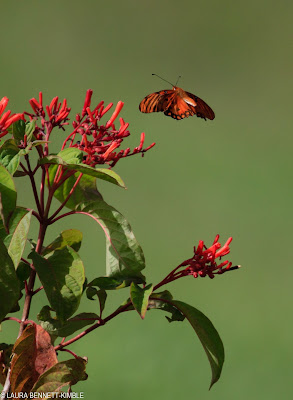[Press Release] Florida Native Plant Society Launches New License Plate | "Florida Native" plate shows pride in Florida's native plants

FOR IMMEDIATE RELEASE Contact for Information: Valerie Anderson, Director of Communications and Programming Phone: 386.852.2539 | Email: communications@fnps.org Tallahassee, FL, June 30, 2021 -- Have you ever been in the park or on a trail somewhere in Florida and seen a tree that just looks so unusual you’re sure it must be one of a kind? Or have you wondered how to have a beautiful, subtropical landscape in Florida without all the water and pesticides you’re told it needs to remain beautiful? Or maybe there’s some eye-catching flower you already have in your garden but aren’t sure what it is and how to keep it alive? If you’ve answered yes to any of these questions, then you’ve needed advice from a Florida Native Plant Society member! Luckily, the 5,000 members of the Florida Native Plant Society (FNPS) spread across 33 chapters all over the state stand ready to help and encourage your interest in native Florida plants. Their efforts will soon be enhanced through a fundraising an


